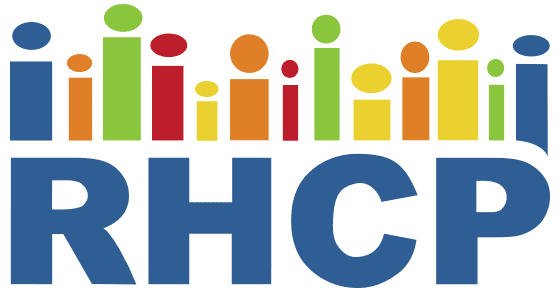Current Concepts in the Management of Tuberculosis
Symposium on Antimicrobial Therapy Apr 2011
Tuberculosis (TB) continues to be a major global health challenge, especially in low-income countries. It spreads through airborne droplets and can affect any organ, though the lungs are most commonly involved. People with weakened immune systems—such as those with HIV, diabetes, or malnutrition—are at higher risk of developing active TB. Diagnosis involves a combination of tests, including skin or blood tests for latent TB, chest X-rays, sputum analysis, and nucleic acid amplification. Treatment for latent TB typically involves isoniazid for several months, while active TB requires a multi-drug regimen over at least six months, often with directly observed therapy to ensure adherence.
Managing TB also involves public health strategies like contact tracing, isolation of infectious patients, and targeted testing for high-risk groups. Drug-resistant TB, including multidrug-resistant (MDR-TB) and extensively drug-resistant (XDR-TB) forms, presents additional challenges and requires specialized treatment. TB in special populations—such as pregnant women, children, and people with HIV—needs tailored approaches. Despite effective treatments, TB remains difficult to eliminate due to poverty, limited healthcare access, and global migration. Continued collaboration between healthcare providers and public health agencies is essential to control and eventually eradicate TB.
